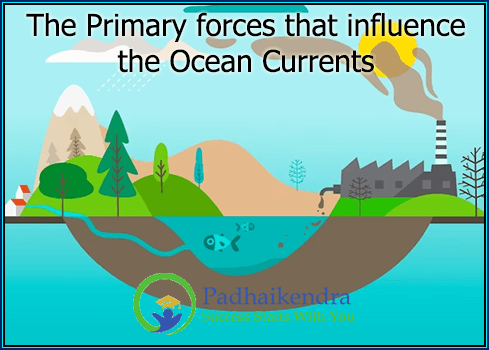The primary forces that influence ocean currents are:
- Wind: Wind is one of the most important drivers of surface currents. The wind can push surface water, creating large circular currents known as gyres. Wind can also generate upwelling and downwelling, which can have significant impacts on marine ecosystems.
- Temperature: Differences in temperature between different regions of the ocean can drive currents. When water near the equator is warmer than water at the poles, for example, it can create a northward flow of warm water and a southward flow of cold water.
- Salinity: Differences in salinity can also drive ocean currents. When water near the equator is less salty than water at the poles, it can create a northward flow of less salty water and a southward flow of more salty water.
- Density: Density is another important factor that influences ocean currents. Dense, cold water sinks to the bottom of the ocean, while less dense, warm water rises to the surface. This movement of water can drive deep ocean currents, such as the global conveyor belt.
- Coriolis effect: The Coriolis effect is a result of the Earth’s rotation and causes the deflection of surface currents. In the Northern Hemisphere, surface currents are deflected to the right, while in the Southern Hemisphere, they are deflected to the left. This can create circular currents, such as gyres, and influence the direction of ocean currents.





